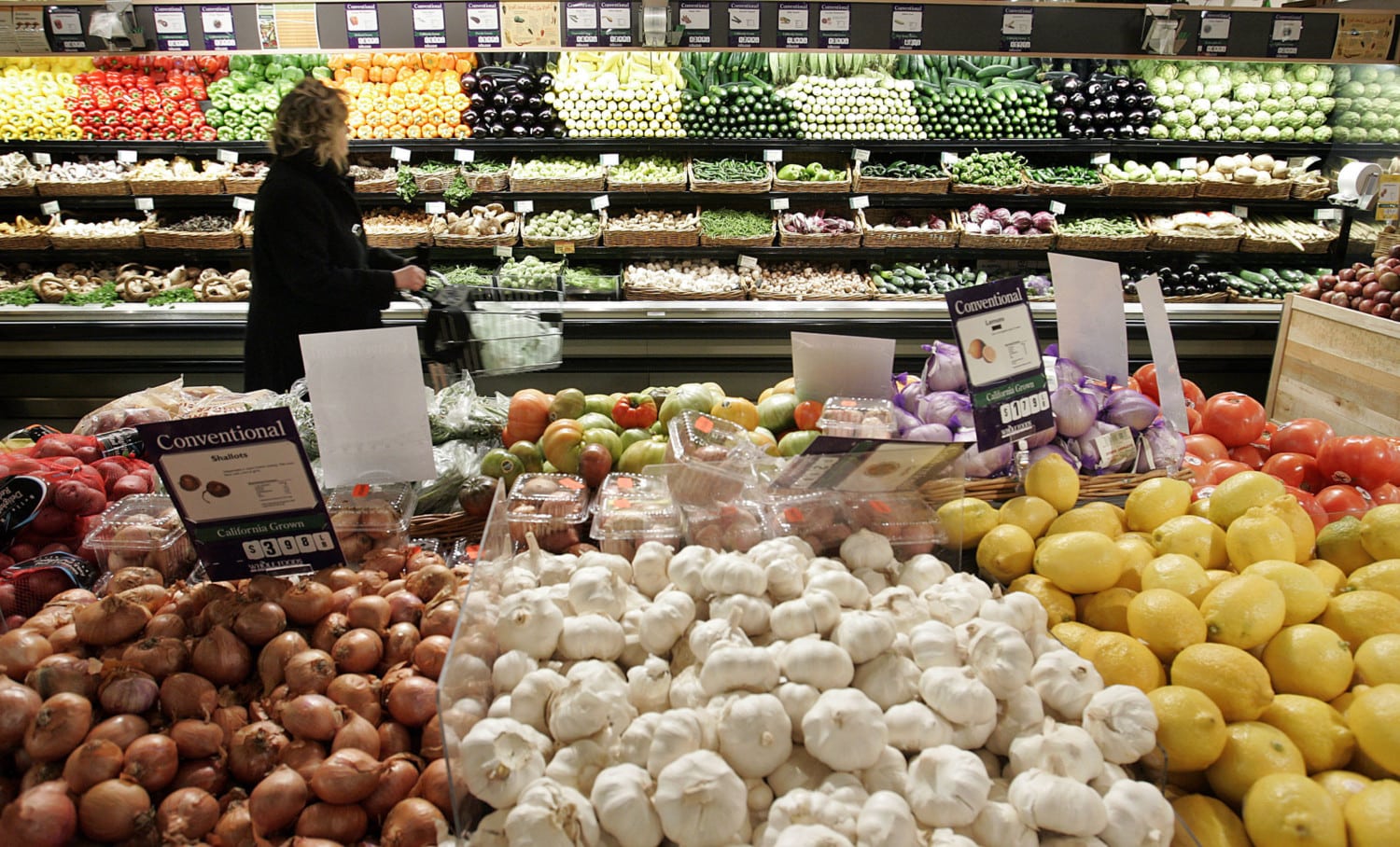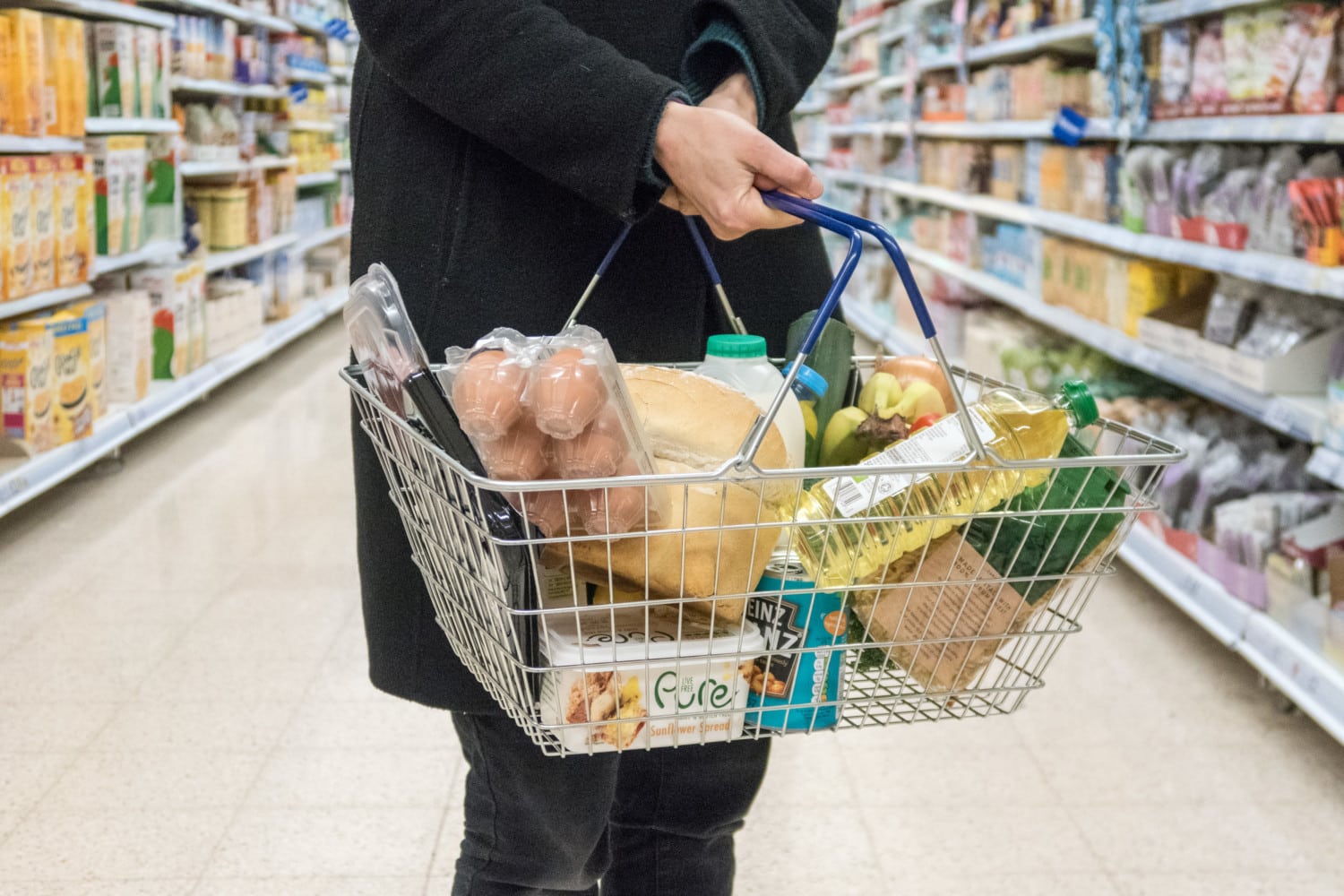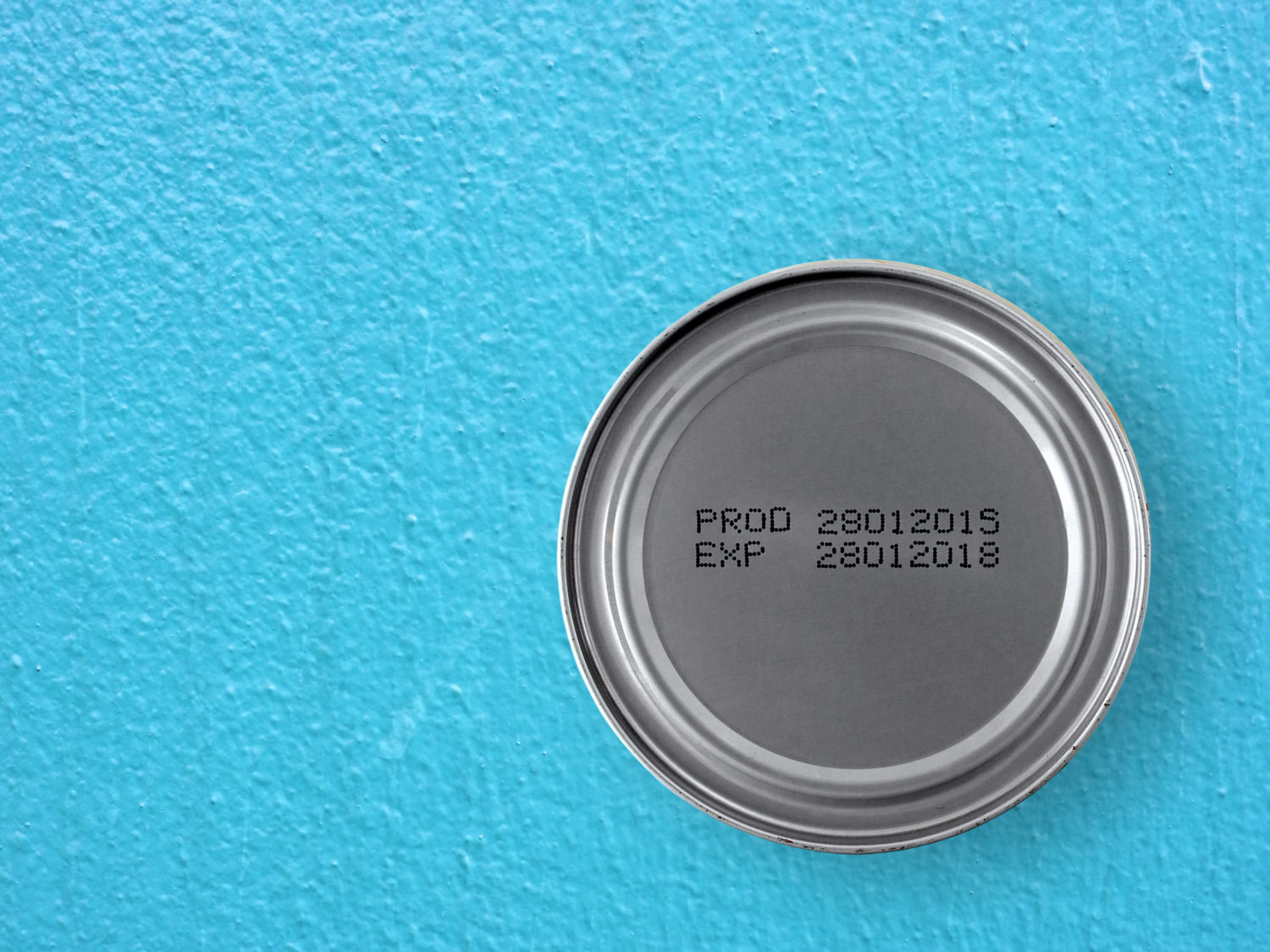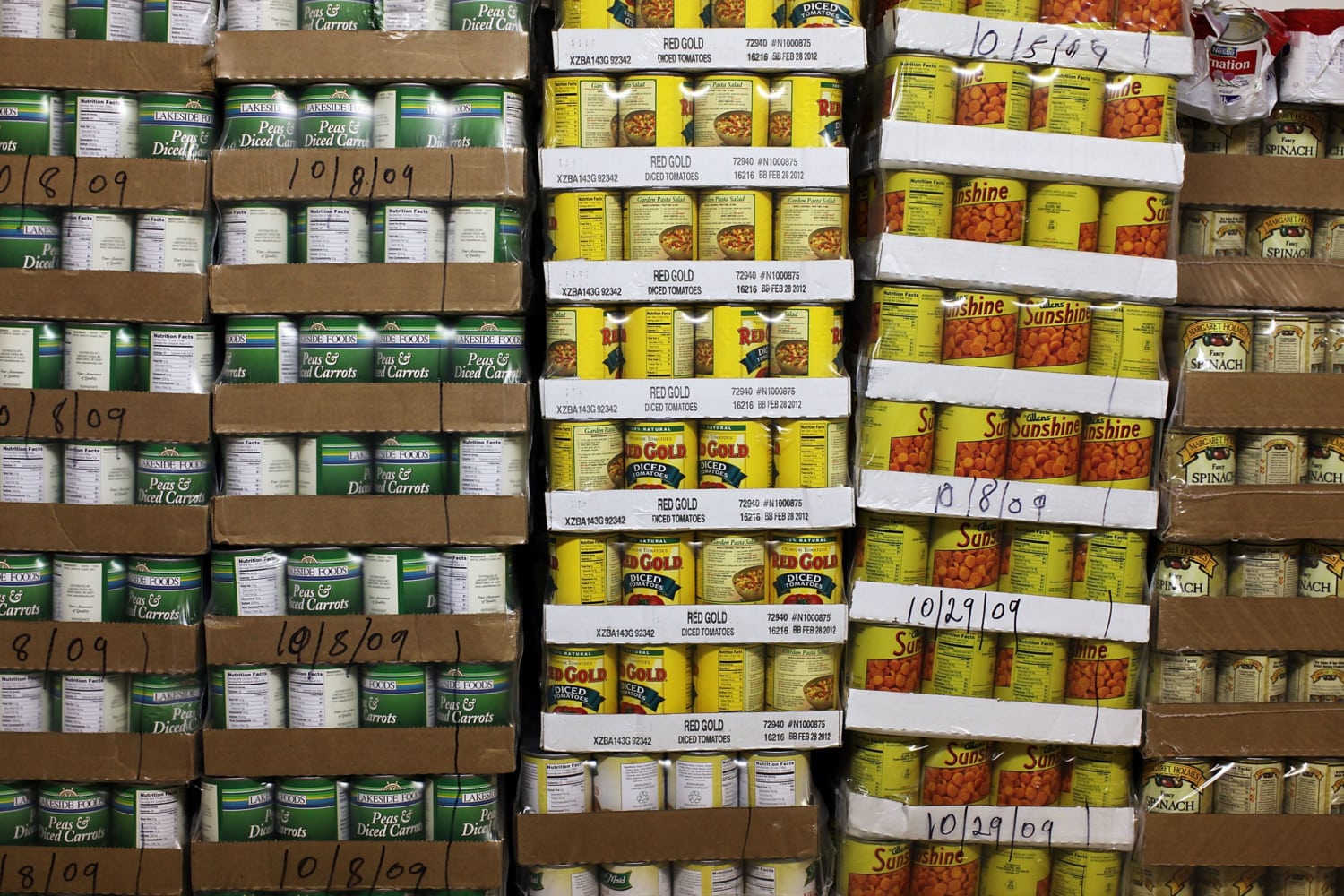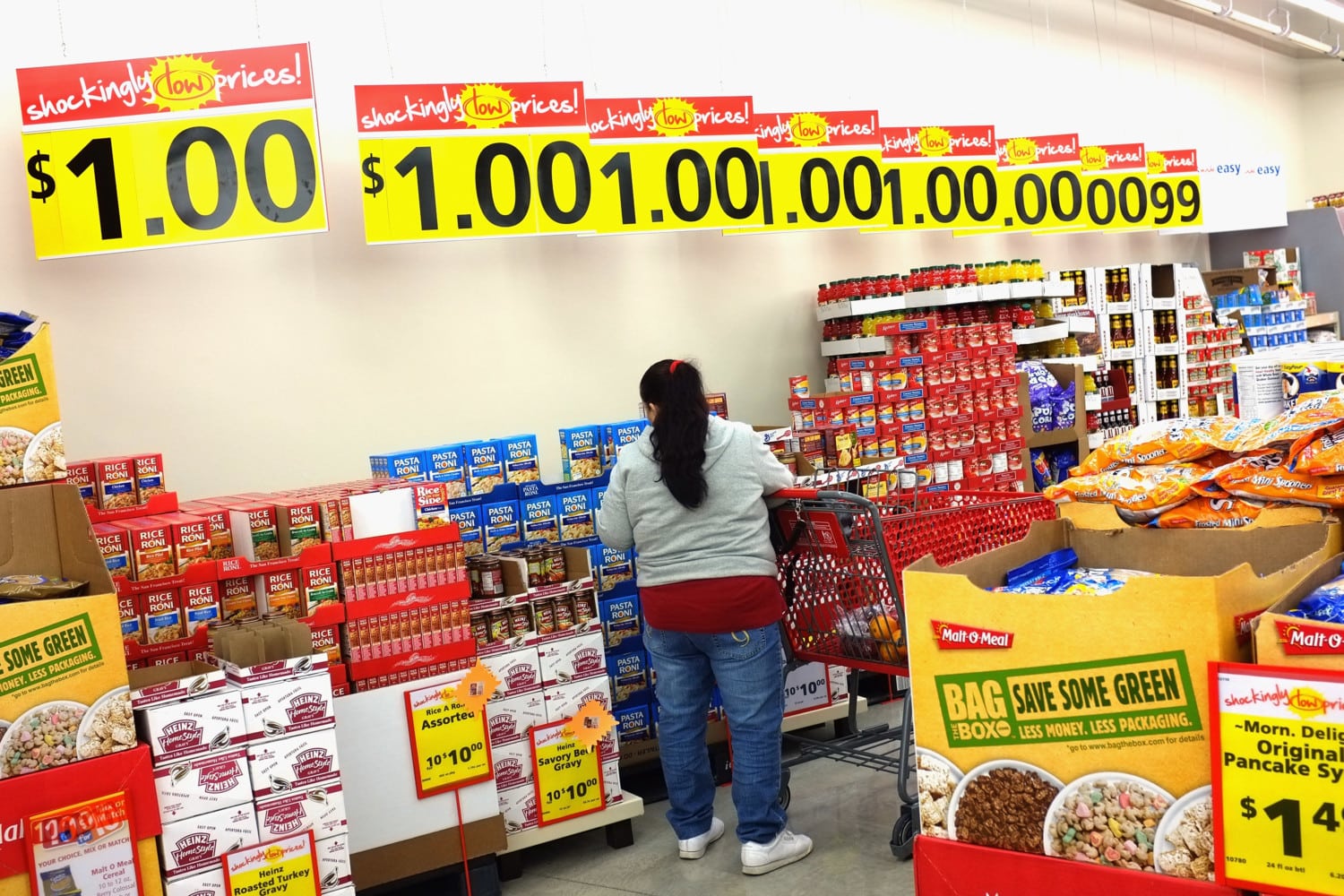If you haven’t tried a salvage grocery store yet, you’re missing out on amazing deals
A few months ago on a rainy April weekend, I was bracing for a big Aldi grocery haul. Aldi, a budget-lovers favorite grocery store, is a good 45-minute drive from my house. When I go I usually stock up on groceries for an entire month.
I had my list and I was ready. It was only when I was casually searching for other low-cost grocery stores in the area that I stumbled upon Angie’s Discount Grocery. A local news article described it as a “salvage grocery.”
What in the world is a salvage grocery you ask? Allow me to introduce you to what is sure to become your new money-saving hack.
What’s Sold At A Salvage Grocery?
A salvage grocery is like an outlet store for groceries. Salvage grocery owners typically purchase items from grocery-reclamation centers. These groceries include:
- Items near or past their expiration dates
- Items in dented packaging
- Overstocked or out-of-season items
- Discontinued items
- Store closeouts
Let’s stop for a moment and talk about items past their expiration dates. The United States Department of Agriculture indicates that “best by” and “sell by” dates have nothing to do with food safety. In fact, aside from infant formula, federal law does not require these dates on food at all.
“Manufacturers provide dating to help consumers and retailers decide when food is of best quality. Except for infant formula, dates are not an indicator of the product’s safety and are not required by Federal law,” according to the USDA.
Misunderstanding expiration dates is one of the reasons 40 percent of food from American households ends up in a landfill, according to the National Resources Defense Council.
“Multiple dates, inconsistent usage, and lack of education around date labels cause consumers to discard food prematurely,” a 2012 NRDC report states. “For the average U.S. household of four, food waste translates into an estimated $1,350 to $2,275 in annual losses.”
Your wallet should be rejoicing by now because this means that items in a salvage grocery are usually 50-percent or more discounted from their original prices. I bought cans of organic black beans for 30 cents each. I bought many more canned goods for 10 cents, 25 cents, etc. A word of warning when shopping damaged cans: small dents are OK, but you should avoid cans with large dents or ones that are bulging because that could be a sign of botulism.
Other Items
To my surprise Angie’s Discount Grocery was filled with items that were well within their “best by” and “sell by” dates. Also, there was a whole lot more than canned goods. Here are just a few things I found:
- School supplies
- Personal products
- Food storage supplies
- Sunscreen
- Baby supplies
- Organic produce, meat and dairy
- Hardware
- Canning supplies
- Batteries
- Decorations
Things To Keep In Mind
If you’re ready for your first visit to a salvage grocery, you can find one in your area using this extensive database from ExtremeBargains.net. There are also a few things you should know:
- Never buy expired baby formula.
- Items may not be as organized as a typical grocery store. Be prepared to dig for the best deals!
- Some salvage groceries are cash only, so call before you go.
- Avoid ripped bags of rice, beans, flour, pasta, etc. as there could be insects inside.
- Don’t buy any refrigerated or frozen items that don’t look like they’ve been properly stored or handled.
- Some salvage groceries accept manufacturer coupons.
- Salvage groceries don’t always have a website, but many have a Facebook page where they share photos and weekly updates on available items.
I spent an hour and a half inside Angie’s Discount Grocery, spent $70 and left with at least six bags full of pantry staples, frozen proteins, household supplies and fresh items. I was most astounded by the produce section at this salvage grocery. I bought a 3-pound bag of organic apples for $1.
One final tip: Give yourself a spending limit before you visit a salvage grocery for the first time. While the deals are good, it’s easy to blow through your entire grocery budget because you don’t want to pass anything up. Happy salvaging!


